World
What Are the Top 10 Biggest Lakes in the World?
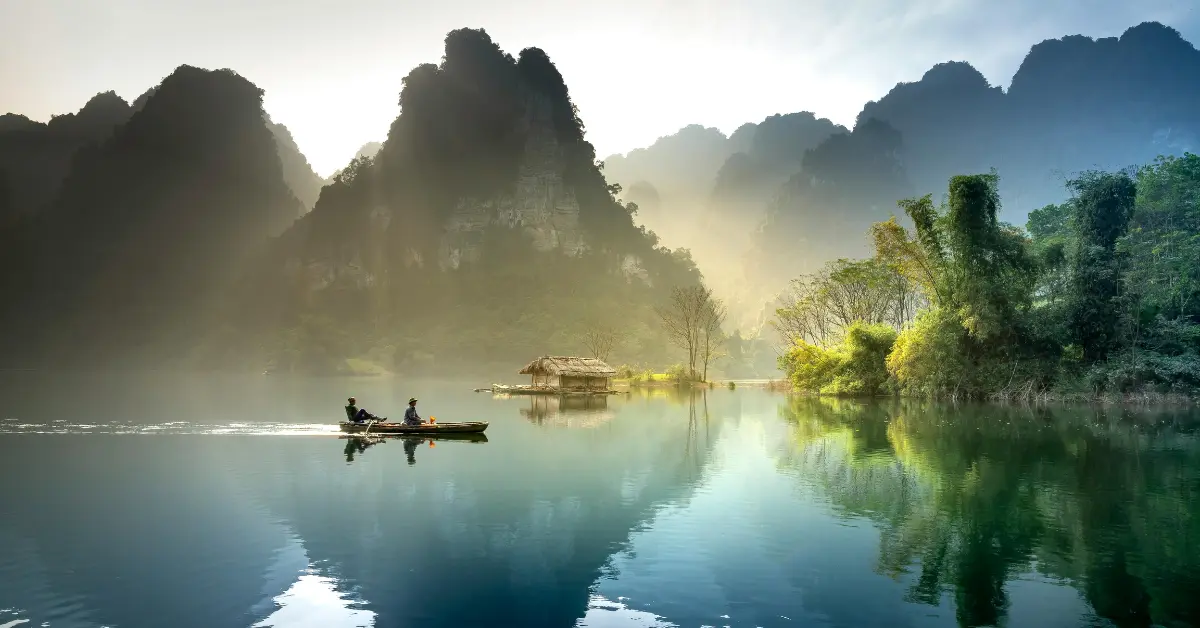
Are you curious about the largest lakes on Earth? If you’re a nature lover, geography enthusiast, or someone who simply enjoys learning about our planet, you’re in the right place. Lakes are more than just beautiful bodies of water—they’re vital for life, ecosystems, and even the economy. In this guide, we’ll explore the top 10 biggest lakes in the world, ranked by surface area. So, buckle up for an exciting journey into these massive natural wonders!
Key Takeaways
- Learn about the 10 largest lakes in the world by surface area.
- Discover their locations, sizes, and fascinating features.
- Understand why these lakes are significant for the environment and people.
What Are the Top 10 Biggest Lakes in the World?
The biggest lakes on Earth are ranked by their surface area, and they span across various continents. Here’s a detailed breakdown:
1. Lake Superior – 82,100 km²
Location: North America (USA and Canada)
Lake Superior is the largest freshwater lake in the world by surface area. It’s part of the Great Lakes system and shares borders with the United States and Canada.
Key Features
- Contains 10% of the world’s surface freshwater.
- Known for its crystal-clear waters and scenic beauty.
Fun Fact: The name “Superior” reflects its immense size and its position as the uppermost Great Lake.
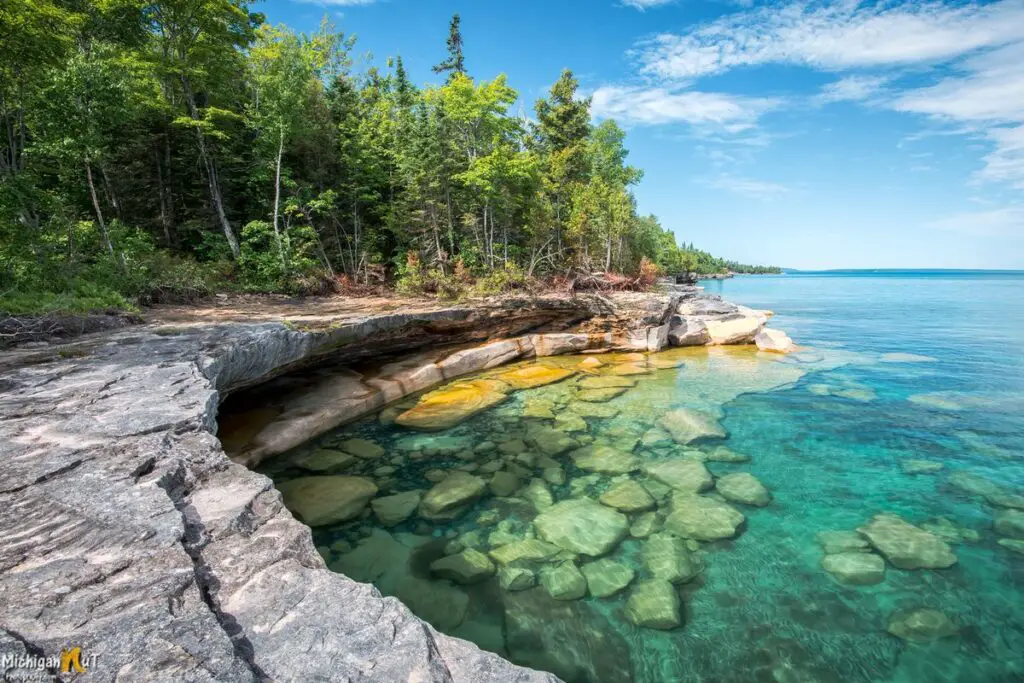
2. Lake Victoria – 68,870 km²
Location: Africa (Tanzania, Uganda, Kenya)
Lake Victoria is Africa’s largest lake and the second-largest freshwater lake in the world by surface area.
Key Features
- Supports over 30 million people living around its shores.
- A vital source of fishing and transportation in East Africa.
Fun Fact: The lake was named after Queen Victoria by British explorers.
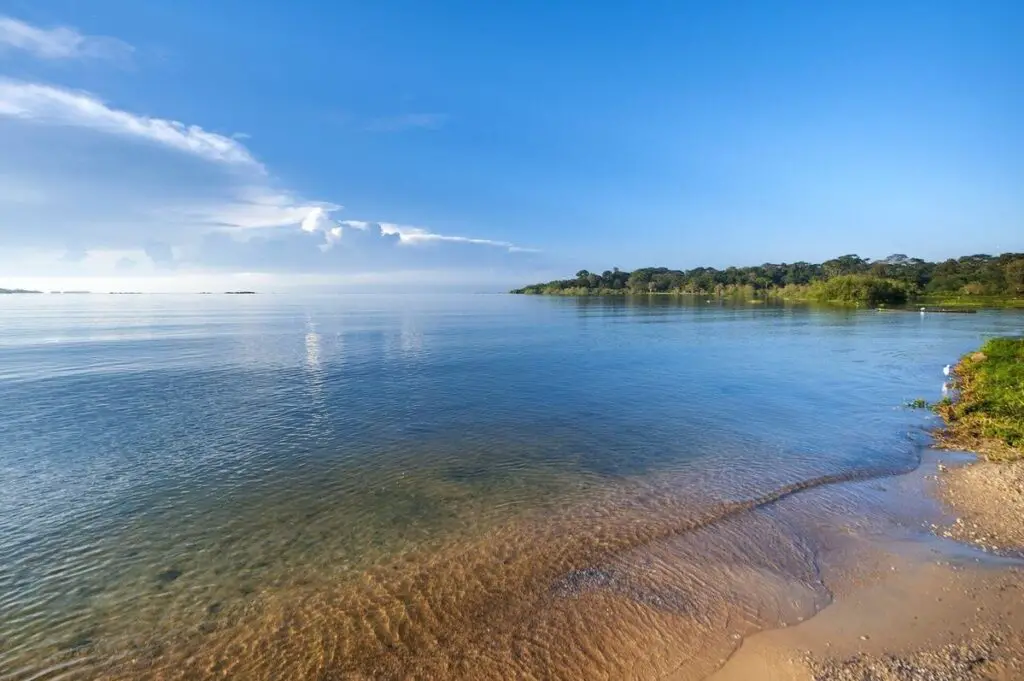
3. Lake Huron – 59,600 km²
Location: North America (USA and Canada)
Lake Huron, another member of the Great Lakes, is known for its stunning islands and shoreline.
Key Features
- Home to Manitoulin Island, the world’s largest freshwater island.
- Famous for its shipwreck-diving sites.
Fun Fact: It’s named after the Huron indigenous people who lived in the region.
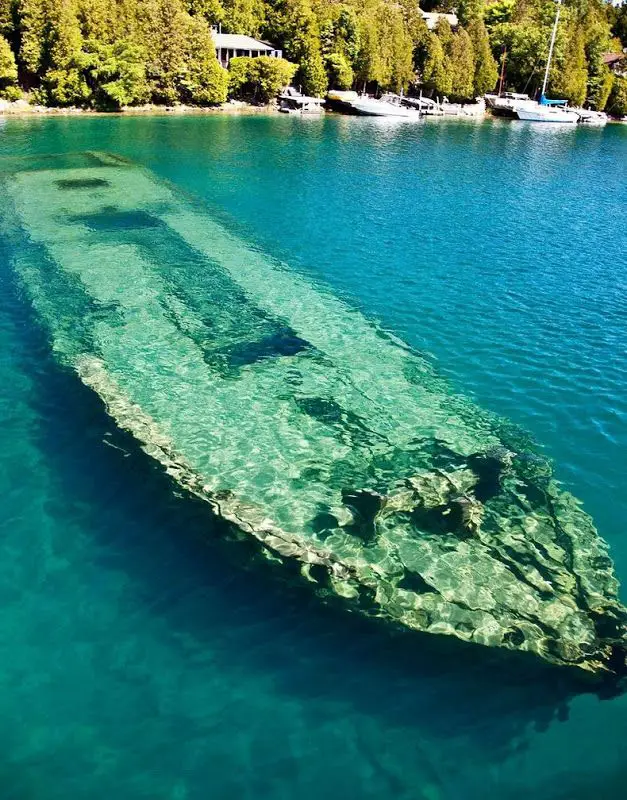
4. Lake Michigan – 58,000 km²
Location: USA
Lake Michigan is the only Great Lake entirely within the United States.
Key Features
- Known for its sandy beaches and dunes.
- A popular spot for boating and fishing.
Fun Fact: It connects to Lake Huron through the Straits of Mackinac, forming a single hydrological body.

5. Caspian Sea – 371,000 km²
Location: Europe/Asia
Technically a lake, the Caspian Sea is the largest enclosed body of water on Earth.
Key Features
- Contains both freshwater and saltwater areas.
- A vital resource for oil and gas extraction.
Fun Fact: Despite being called a “sea,” it’s considered a lake due to its lack of an outlet.
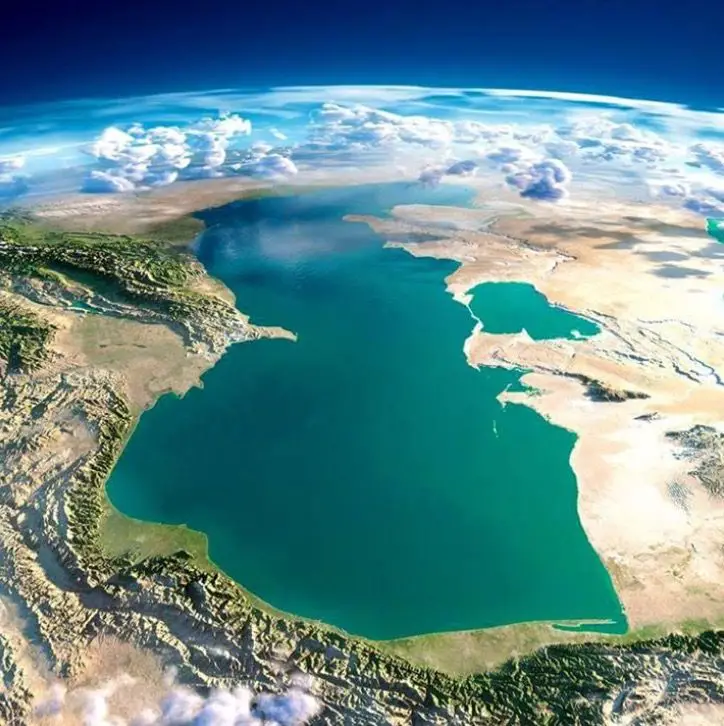
6. Lake Tanganyika – 32,900 km²
Location: Africa (Tanzania, DRC, Burundi, Zambia)
Lake Tanganyika is the longest freshwater lake in the world and one of the deepest.
Key Features
- Renowned for its biodiversity, including unique fish species.
- Important for fishing and transportation.
Fun Fact: Its waters drain into the Congo River system.
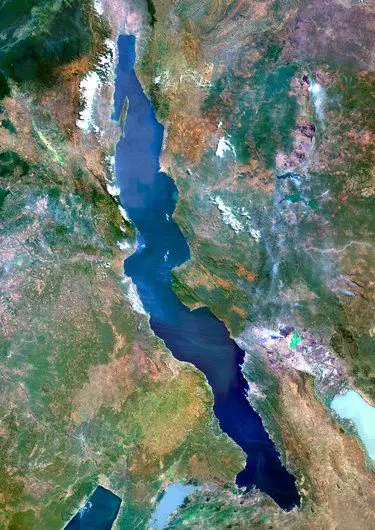
7. Lake Baikal – 31,500 km²
Location: Russia
Lake Baikal holds the title for the world’s deepest and oldest lake.
Key Features
- Contains 20% of the world’s unfrozen freshwater.
- Known for its unique wildlife, including freshwater seals.
Fun Fact: Lake Baikal is over 25 million years old!
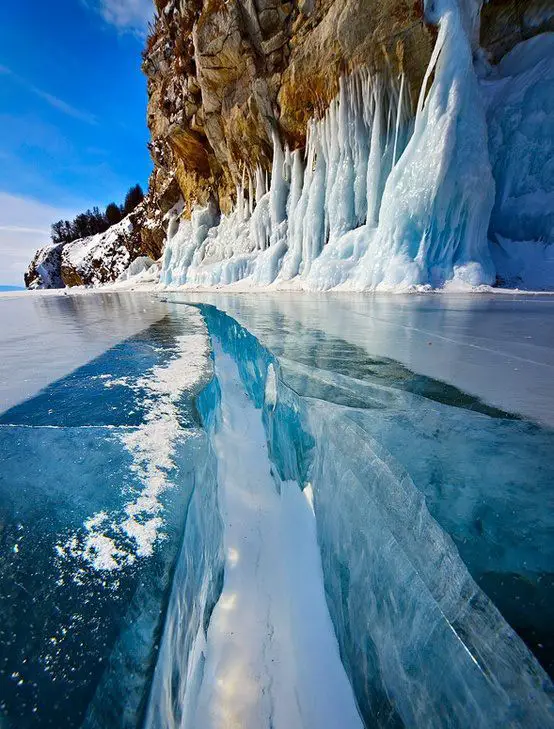
8. Great Bear Lake – 31,080 km²
Location: Canada
Great Bear Lake is the largest lake entirely within Canada.
Key Features
- Located in a remote Arctic region.
- Known for its pristine, untouched environment.
Fun Fact: Its name comes from indigenous legends about bears in the area.
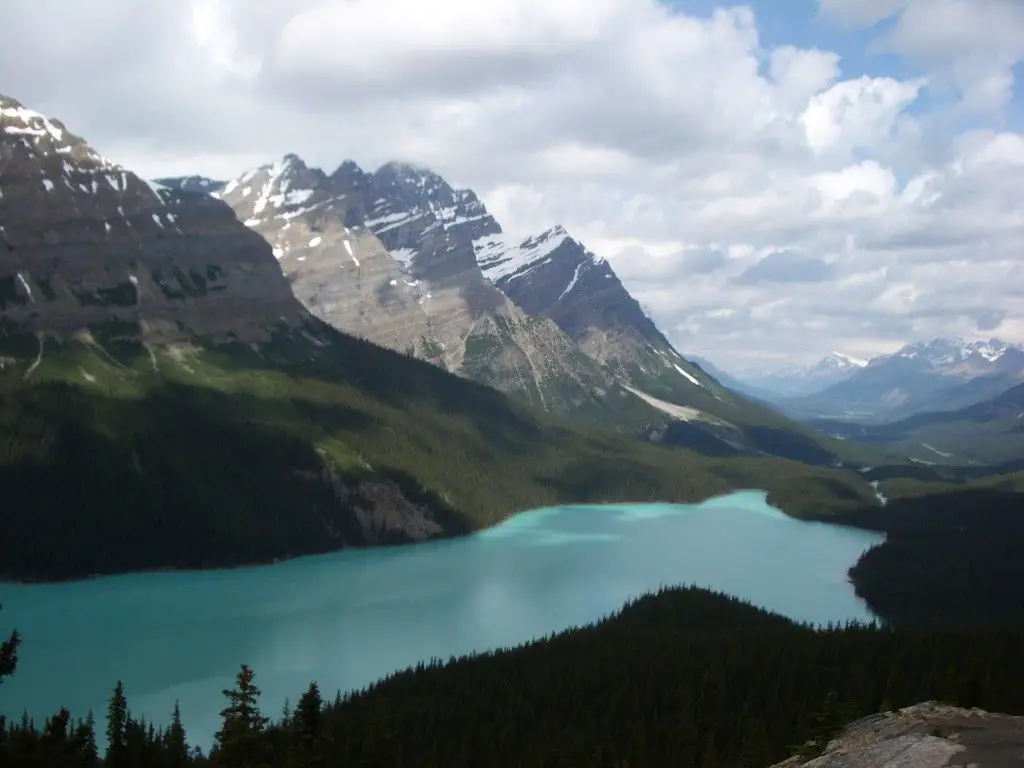
9. Lake Malawi – 29,500 km²
Location: Africa (Malawi, Mozambique, Tanzania)
Lake Malawi is famous for its vibrant underwater ecosystem.
Key Features
- Hosts over 1,000 species of cichlid fish.
- A hotspot for snorkeling and diving.
Fun Fact: Locals often call it “Lake Nyasa,” its traditional name.
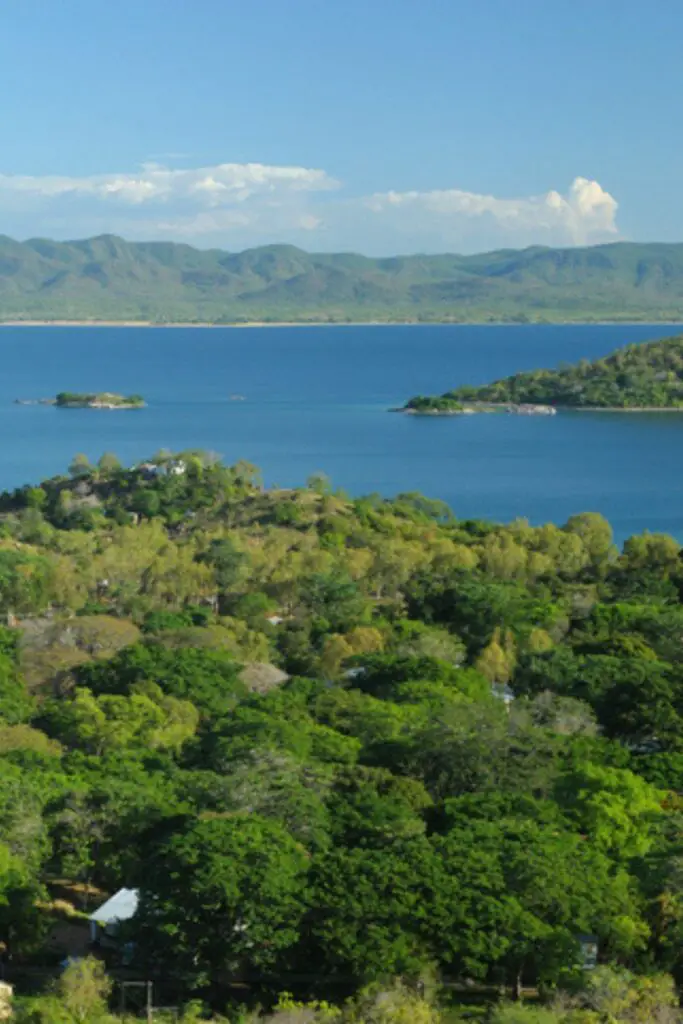
10. Great Slave Lake – 28,930 km²
Location: Canada
This Canadian lake is known for its extreme depth and cold climate.
Key Features
- The deepest lake in North America.
- A popular spot for ice fishing and winter sports.
Fun Fact: It’s named after the Slavey indigenous people.
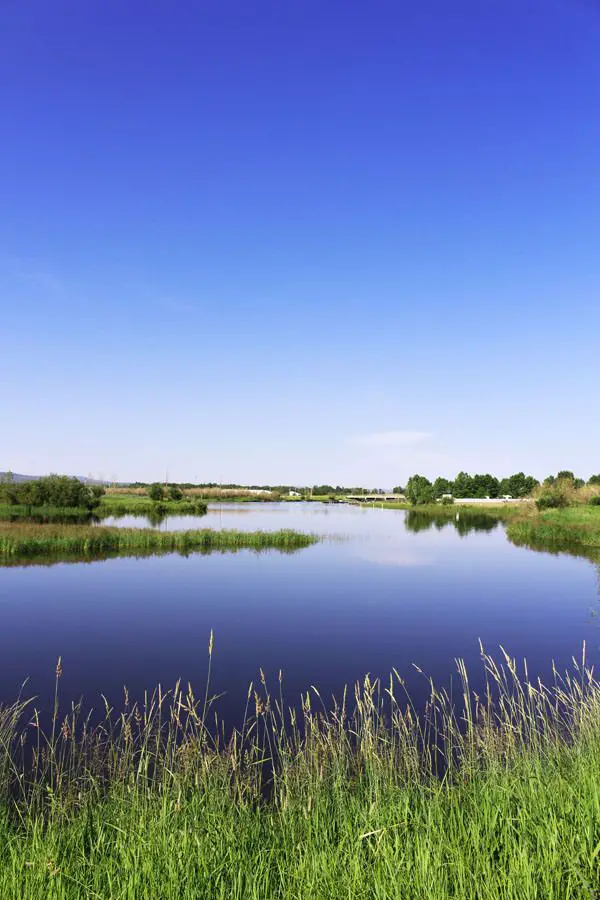
Why Are These Lakes Important?
Lakes like these are essential for:
- Supporting biodiversity and ecosystems.
- Providing drinking water and food.
- Boosting tourism and recreational activities.
- Serving as natural landmarks for human cultures and history.
FAQs
1. What is the largest lake in the world by volume?
Lake Baikal in Russia holds the most water by volume, containing about 20% of the world’s unfrozen freshwater.
2. Why is the Caspian Sea considered a lake?
Despite its name, the Caspian Sea is landlocked and doesn’t drain into any ocean, making it a lake by definition.
3. Which lake has the most fish species?
Lake Malawi boasts the highest diversity of fish species, especially colorful cichlids.
Conclusion
The top 10 largest lakes in the world are not just massive bodies of water; they’re vital parts of our planet’s ecosystem. Each has its own unique features and stories that make it fascinating. Whether you’re into geography, nature, or just exploring the wonders of Earth, these lakes offer plenty to marvel at.
Ready to dive deeper? Start planning your visit to one of these amazing lakes today!
Nature
The 10 Largest Farms in the World
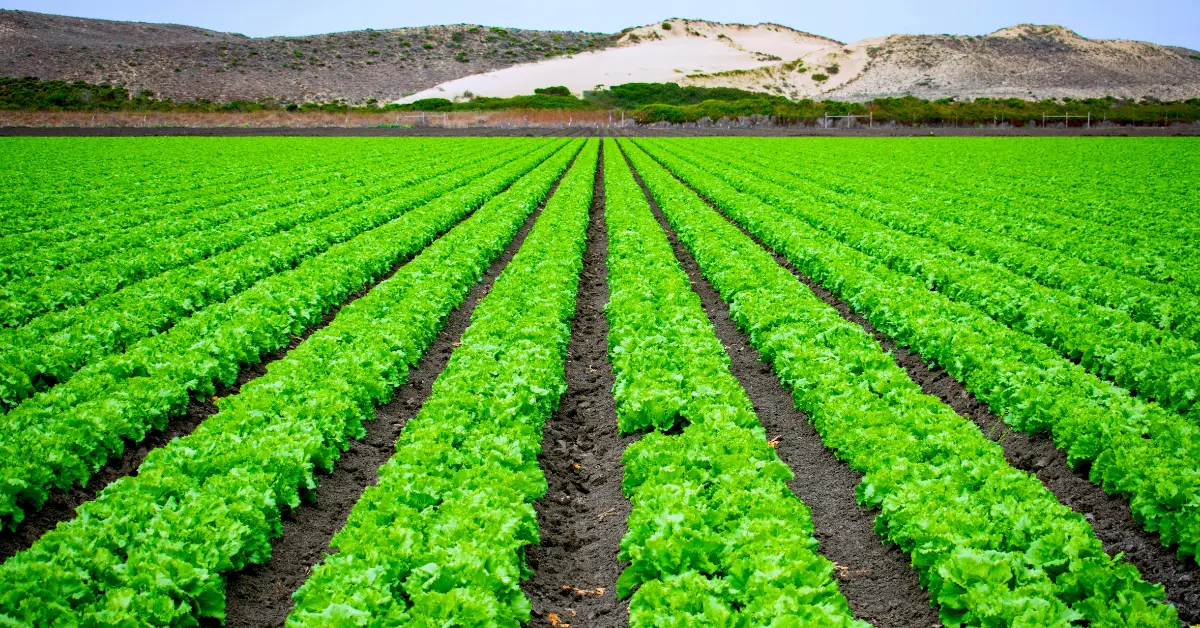
Key Takeaways
- The world’s biggest farms are mainly found in Australia, China, and the USA.
- These farms cover millions of acres, with some larger than entire countries.
- Cattle farming dominates large-scale agriculture, but some farms focus on dairy or conservation.
- Advancements in technology, sustainability, and climate adaptation shape the future of large farms.
- Large farms play a vital role in global food production and economic impact.
What Are the Largest Farms in the World?
Farms come in all shapes and sizes, but some are so big they look more like small countries than agricultural businesses. These massive farms produce meat, dairy, and crops on an unimaginable scale. Most of them are located in remote regions, where vast open lands allow livestock and crops to thrive.
The largest farm in the world covers a staggering 22 million acres, nearly the size of Portugal! If you’re curious about these farming giants, let’s explore the top 10 biggest farms and what makes them so massive.
How Do We Measure Farm Size?
Before diving into the list, it’s important to understand what makes a farm “big.” Farms can be measured by:
- Total land area (acres or hectares).
- Number of livestock (cattle, sheep, etc.).
- Crop production volume (tons of wheat, corn, etc.).
For this list, we are ranking farms based on total land area, as it’s the easiest way to compare their sheer size.
The 10 Largest Farms in the World
1. Mudanjiang City Mega Farm (China) – 22 Million Acres
- Location: China
- Type: Dairy farm
- Main Products: Milk, dairy products
- Why It’s Huge: This farm is the largest dairy farm on Earth, producing milk for China’s growing population. It has over 100,000 cows and supplies milk that would otherwise be imported from New Zealand.
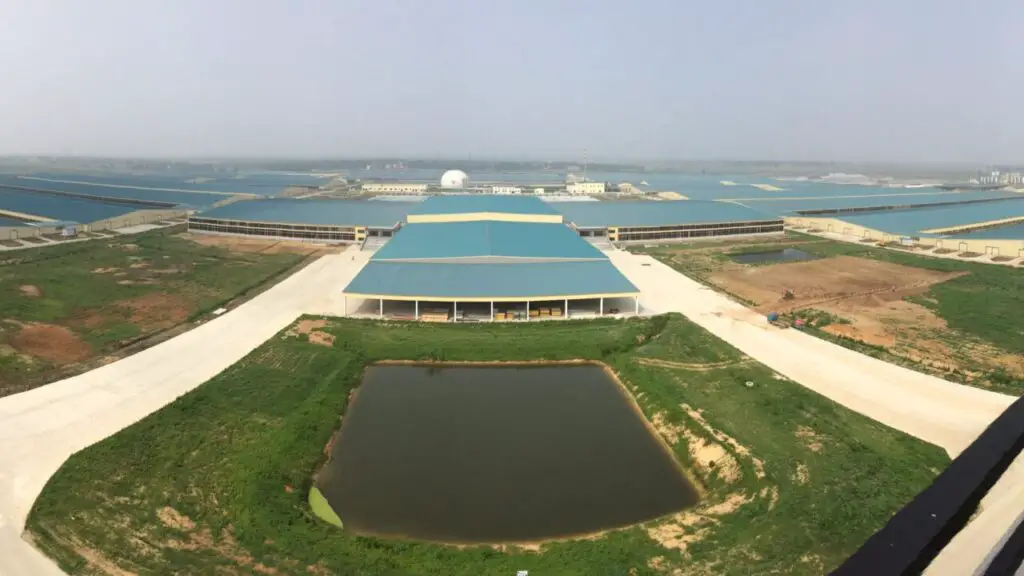
2. Anna Creek Station (Australia) – 6 Million Acres
- Location: South Australia
- Type: Cattle farm
- Main Products: Beef
- Why It’s Huge: This cattle station is bigger than the country of Israel! It has been a key player in Australia’s beef industry for decades, despite being located in one of the driest regions on the planet.
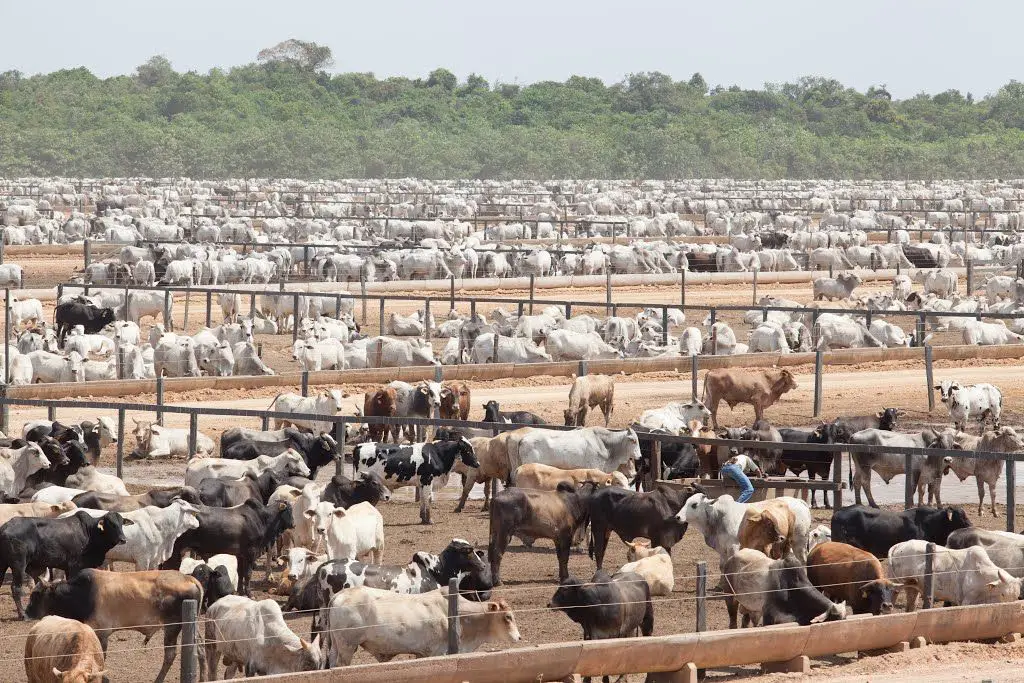
3. Clifton Hills Station (Australia) – 4.2 Million Acres
- Location: South Australia
- Type: Cattle farm
- Main Products: Beef
- Why It’s Huge: This farm is another massive Australian cattle station, taking advantage of the vast open lands to raise thousands of cows.
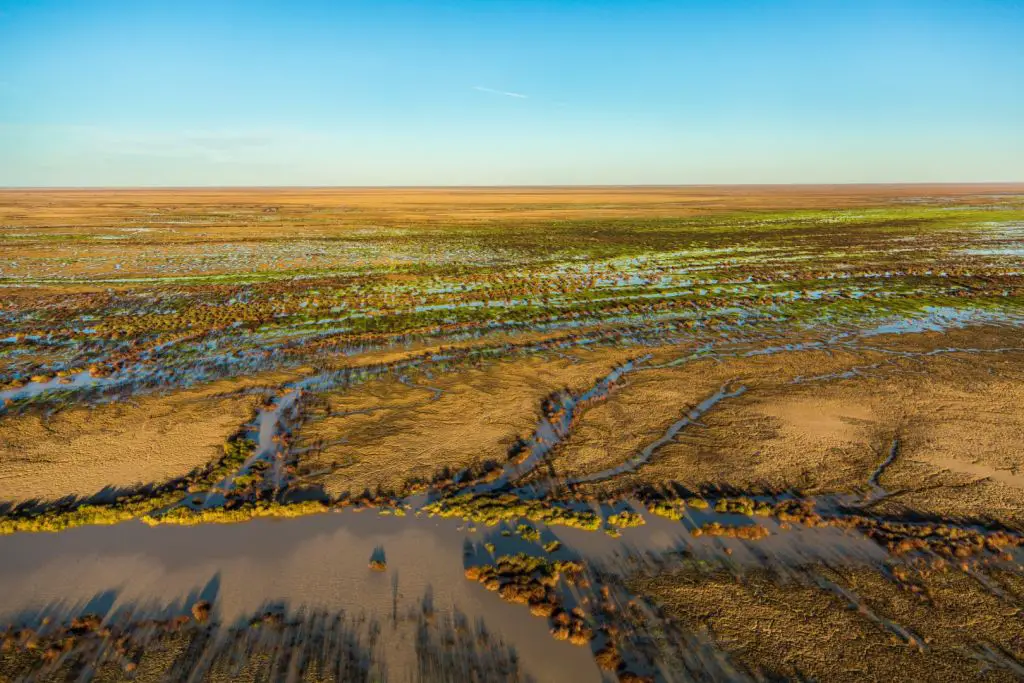
4. Alexandria Station (Australia) – 4 Million Acres
- Location: Northern Territory, Australia
- Type: Cattle farm
- Main Products: Beef
- Why It’s Huge: One of the biggest pastoral leases in Australia, known for its ability to withstand extreme weather conditions.
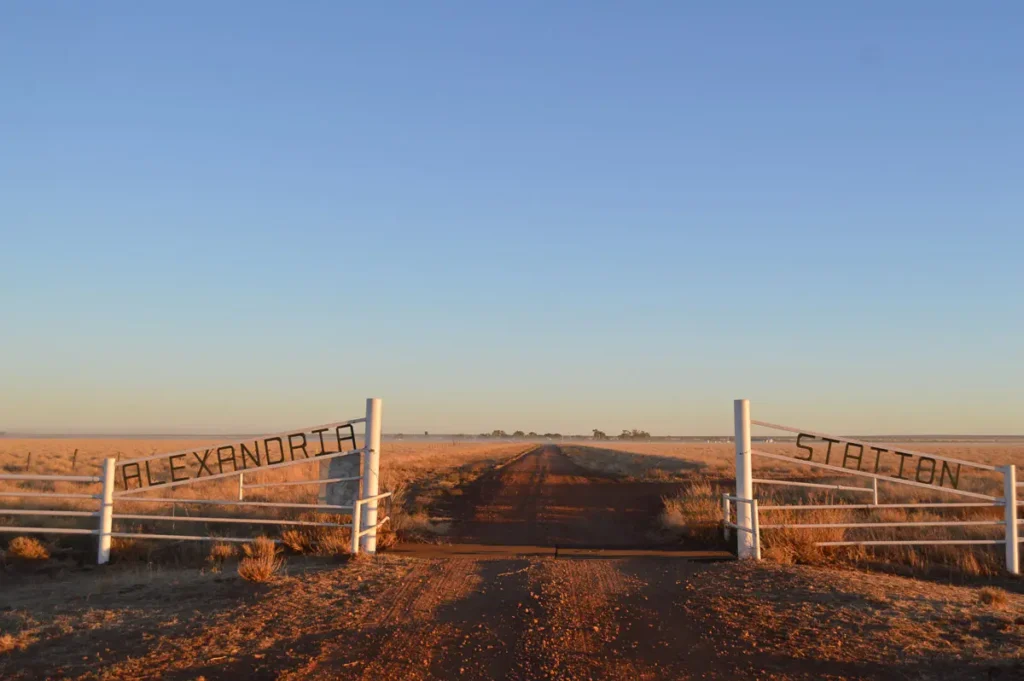
5. Davenport Downs (Australia) – 3.7 Million Acres
- Location: Queensland, Australia
- Type: Cattle farm
- Main Products: Beef
- Why It’s Huge: With more than 200,000 cattle, this farm is a powerhouse of beef production.
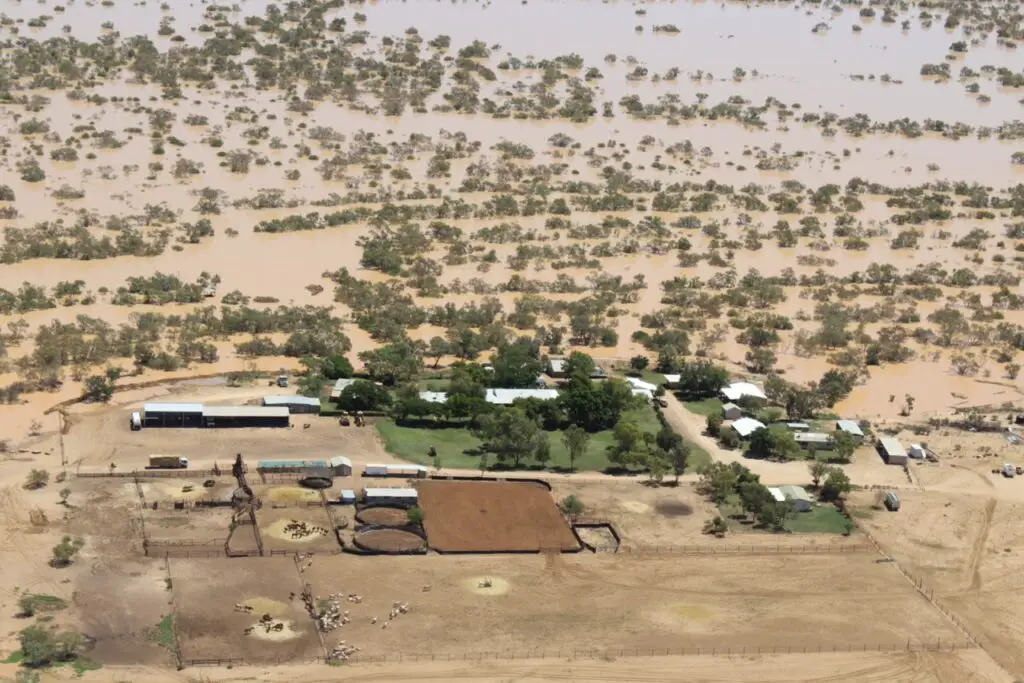
6. Home Valley Station (Australia) – 3.5 Million Acres
- Location: Western Australia
- Type: Cattle farm & tourism
- Main Products: Beef, eco-tourism
- Why It’s Huge: This farm is unique because it also focuses on sustainable tourism, offering visitors a chance to experience the outback lifestyle.
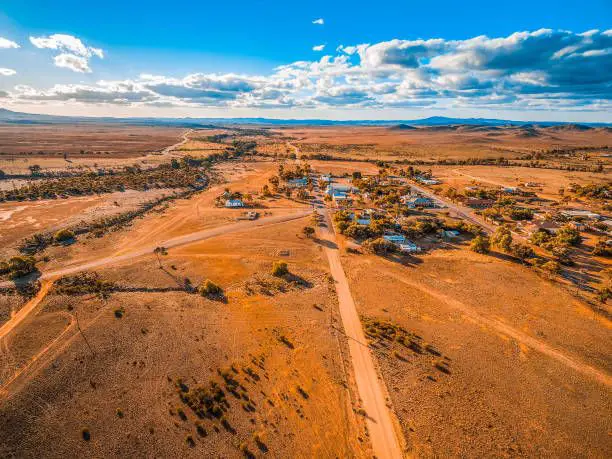
7. Innamincka Station (Australia) – 3.3 Million Acres
- Location: South Australia
- Type: Cattle farm
- Main Products: Beef
- Why It’s Huge: This historic farm has been operating for over 100 years and remains a key player in Australia’s livestock industry.
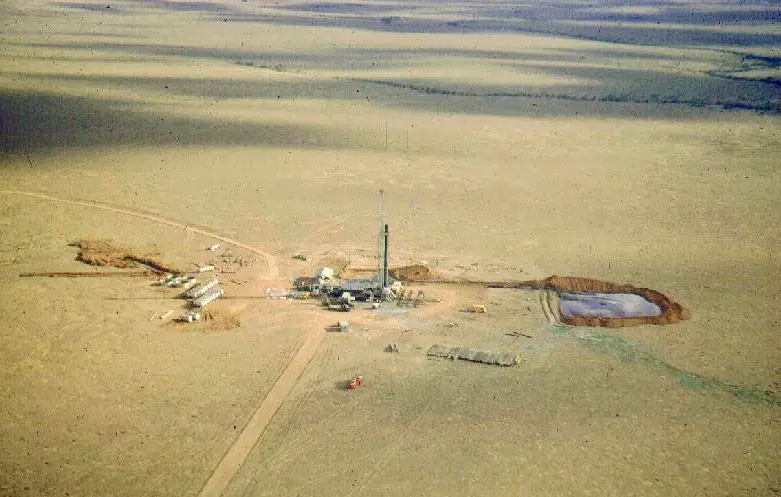
8. Wave Hill (Australia) – 3.3 Million Acres
- Location: Northern Territory, Australia
- Type: Cattle farm
- Main Products: Beef
- Why It’s Huge: This station is known for its role in Indigenous land rights history and is still an important cattle operation today.
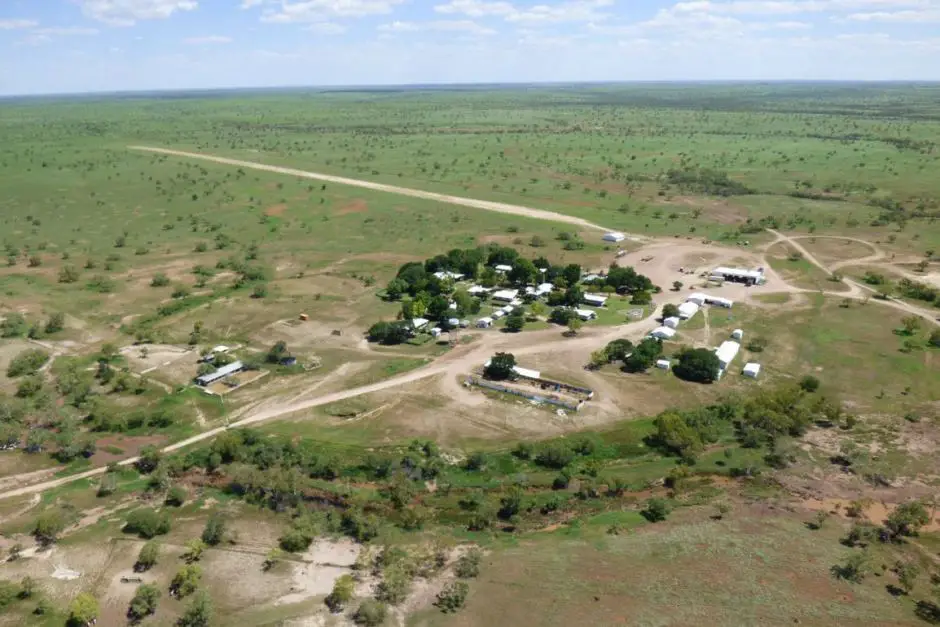
9. King Ranch (USA) – 825,000 Acres
- Location: Texas, USA
- Type: Cattle farm
- Main Products: Beef, horse breeding
- Why It’s Huge: The largest ranch in the United States, known for its high-quality cattle and thoroughbred horses.
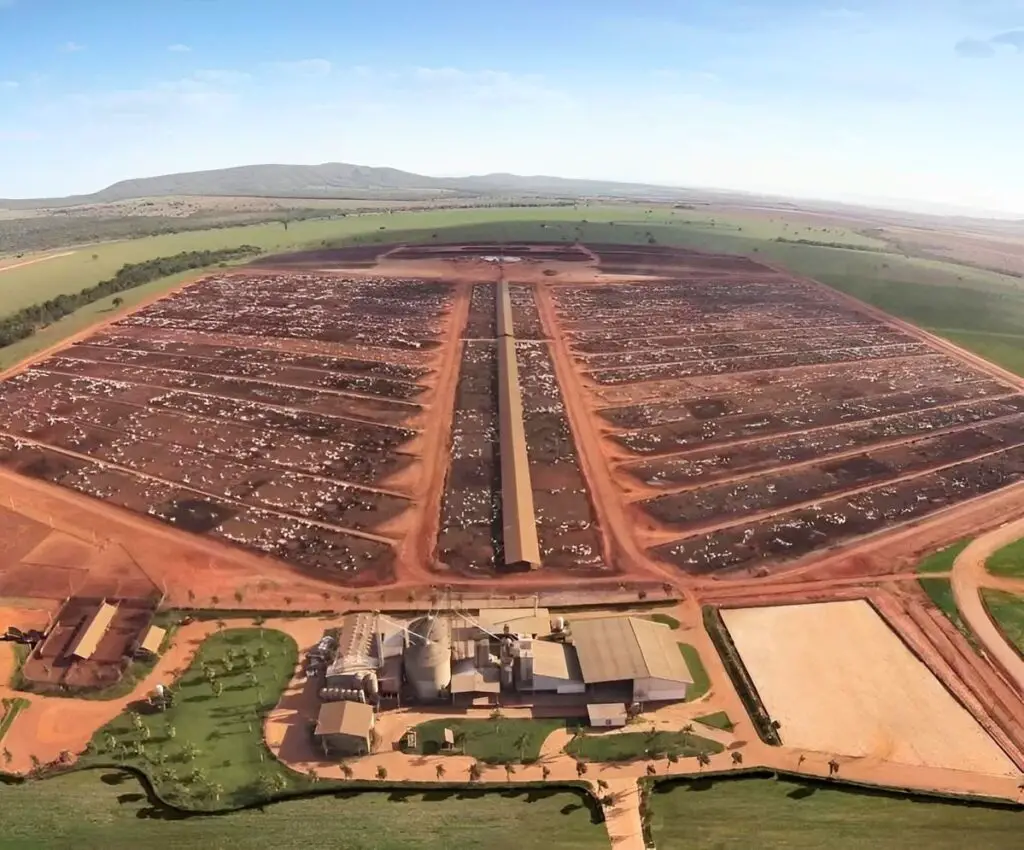
10. Vermejo Park Ranch (USA) – 590,000 Acres
- Location: New Mexico, USA
- Type: Conservation & ranching
- Main Products: Wildlife conservation, cattle
- Why It’s Huge: Owned by media mogul Ted Turner, this farm focuses on environmental conservation and sustainable ranching.
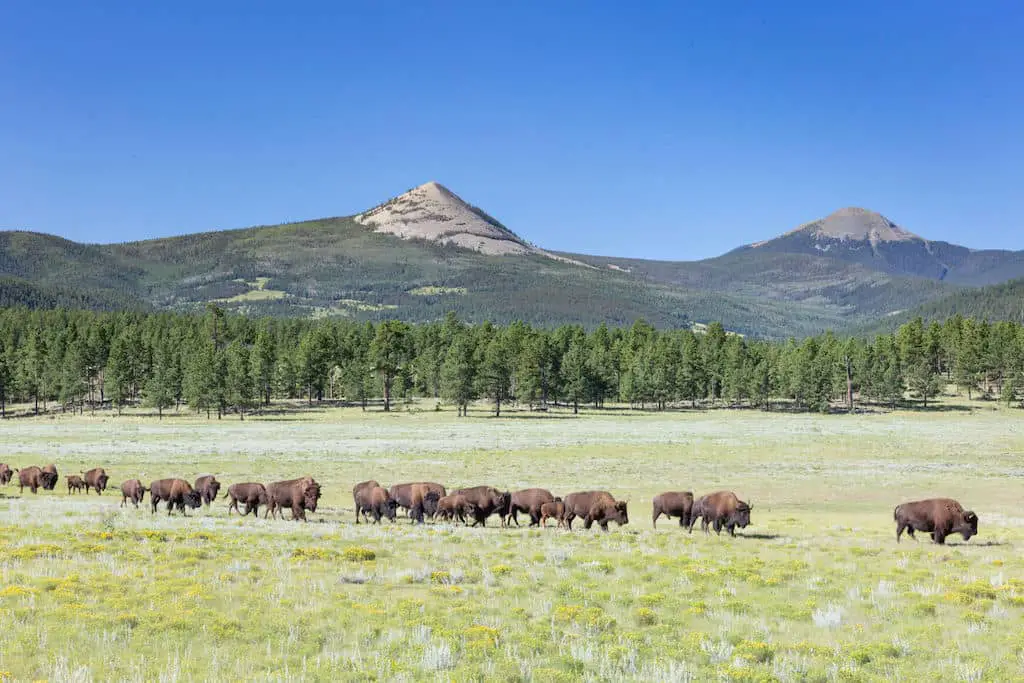
What Do These Farms Have in Common?
The biggest farms in the world share some key features:
- Vast, open landscapes: Most are in remote, dry regions.
- Livestock dominance: Cattle farming is the most common operation.
- Advanced technology: Many use drones, satellite tracking, and automated feeding systems.
- Economic impact: These farms contribute significantly to local and global agriculture.
The Future of Large-Scale Farming
As farming technology improves, we may see:
- More automation and AI to increase efficiency.
- Better water management to sustain large-scale farms.
- Sustainability efforts to reduce environmental impact.
- Alternative farming techniques like vertical and lab-grown food production.
Conclusion
The world’s largest farms are not just about size—they’re about feeding millions, sustaining economies, and pushing farming technology forward. From China’s dairy giant to Australia’s massive cattle stations, these farms are essential for global food production.
As the demand for food grows, these farms will continue to evolve, embracing new technology and sustainable practices to meet the world’s needs.
FAQs
1. What is the largest farm in the world?
The Mudanjiang City Mega Farm in China is the largest farm in the world, covering 22 million acres and focusing on dairy production.
2. Why are most of the biggest farms in Australia?
Australia has vast, open lands perfect for large-scale cattle farming, making it home to most of the world’s biggest farms.
3. Do these large farms use advanced technology?
Yes! Many large farms use drones, GPS tracking, automated irrigation, and AI-driven management systems to operate efficiently.
4. Are there large farms in other parts of the world?
Yes, but they are much smaller compared to those in Australia, China, and the USA. Some large farms exist in Brazil, Russia, and Argentina.
These farms are more than just land—they’re powerhouses of food production that help feed the world! 🌎🍽️
World
Choosing a Place to Camp and the Things to Follow

Key Takeaways
- Learn how to choose the best camping spot based on location, safety, and convenience.
- Understand the essential guidelines to follow for a safe and enjoyable camping experience.
- Discover practical tips to minimize environmental impact while camping.
- Avoid common mistakes when selecting a campsite.
How to Choose the Best Place to Camp (Quick Answer)
To choose the right camping spot, focus on safety, convenience, and comfort. Look for flat, dry areas away from hazards like cliffs or water. Check weather forecasts, follow local regulations, and prepare for the unexpected. Always prioritize leaving no trace to protect the environment.
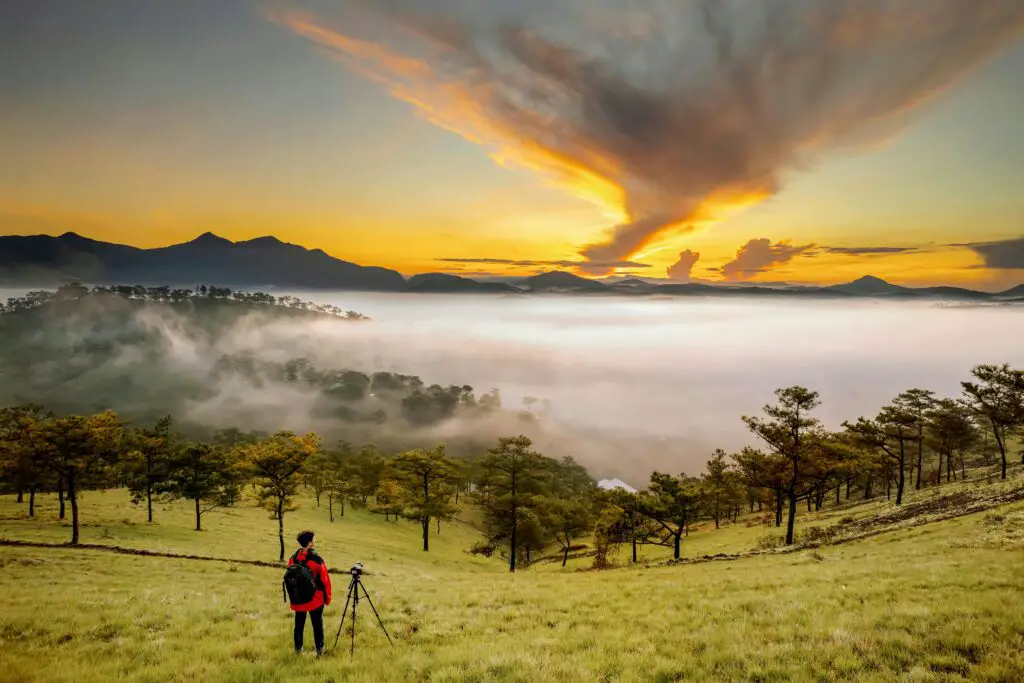
Why Choosing the Right Camping Spot Matters
Camping is more than just setting up a tent outdoors; it’s about connecting with nature, relaxing, and creating memories. But a poor campsite choice can turn your adventure into a disaster. Imagine waking up in a flooded tent or realizing you’ve pitched too close to wildlife. The right spot sets the tone for a safe and enjoyable experience. Let’s dive into how you can make the best choice and the rules to follow once you’re there.
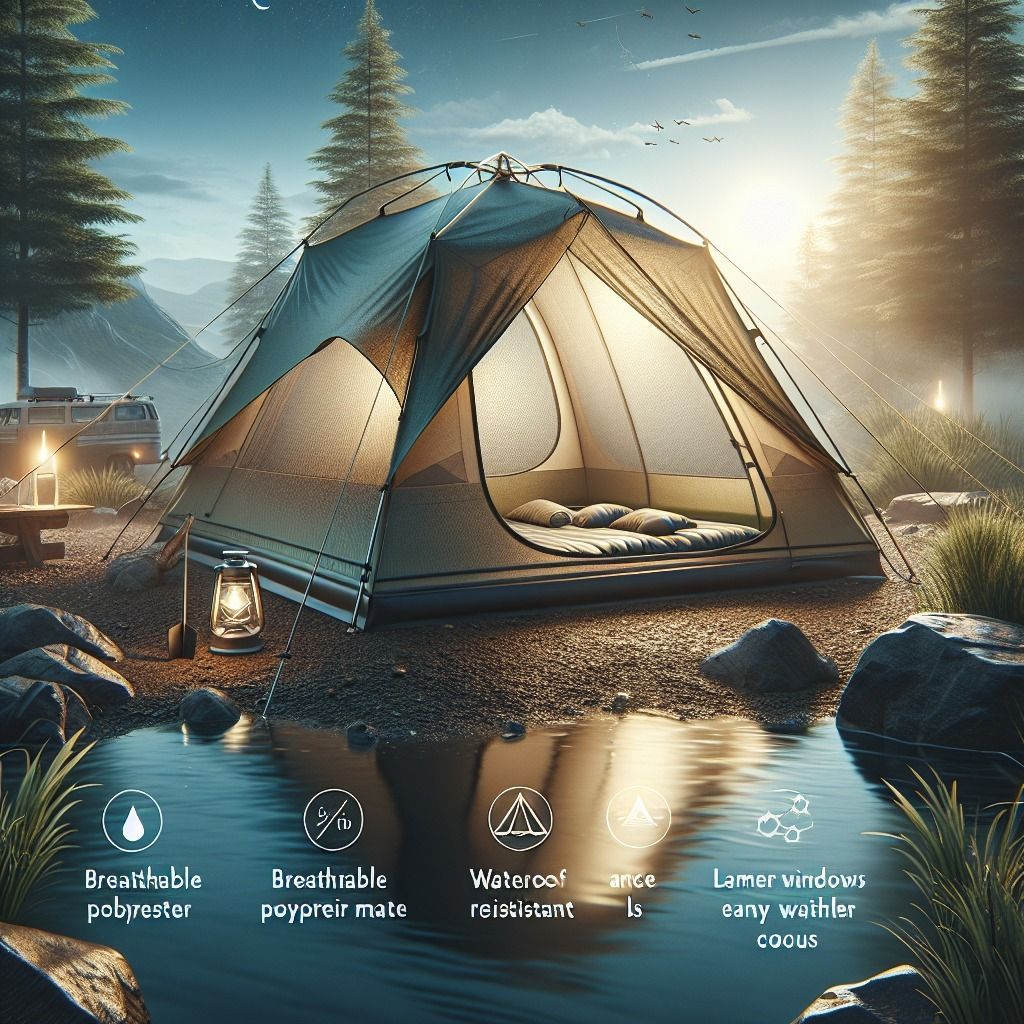
Factors to Consider When Choosing a Camping Spot
Location Matters
Where you camp can make or break your trip. Always pick a spot based on your trip goals:
- Close to Nature but Safe: Look for a site with beautiful views but not near hazards like steep cliffs or fast-flowing rivers.
- Proximity to Essentials: Be near water sources but not too close—50-100 feet away is ideal to avoid flooding and wildlife encounters.
- Accessibility: If you’re driving, ensure the site is reachable by vehicle. If hiking, make sure the route suits your fitness level.

Safety First
Safety should always come first. Here’s what to keep in mind:
- Check for Hazards: Avoid low-lying areas prone to flooding or windy ridges.
- Wildlife Awareness: Don’t camp near animal trails, dens, or food sources.
- Emergency Access: Make sure you know the nearest exit route and have cell reception or a backup plan in case of emergencies.

Privacy and Comfort
Camping is about escaping the chaos, so look for a quiet spot. Avoid overcrowded areas, and choose a site with natural windbreaks like trees or rocks for added comfort.

Permits and Regulations
Every camping area has its own rules. Check if permits are required or if there are specific restrictions, like fire bans. Ignoring these can lead to fines or unsafe situations.

Things to Follow While Camping
Leave No Trace Principles
The golden rule of camping is to leave the site as you found it—or better. This includes:
- Minimizing Waste: Pack out all trash, including food scraps.
- Staying on Trails: Avoid trampling vegetation or creating new paths.
- Respecting Wildlife: Don’t feed animals or disturb their habitat.

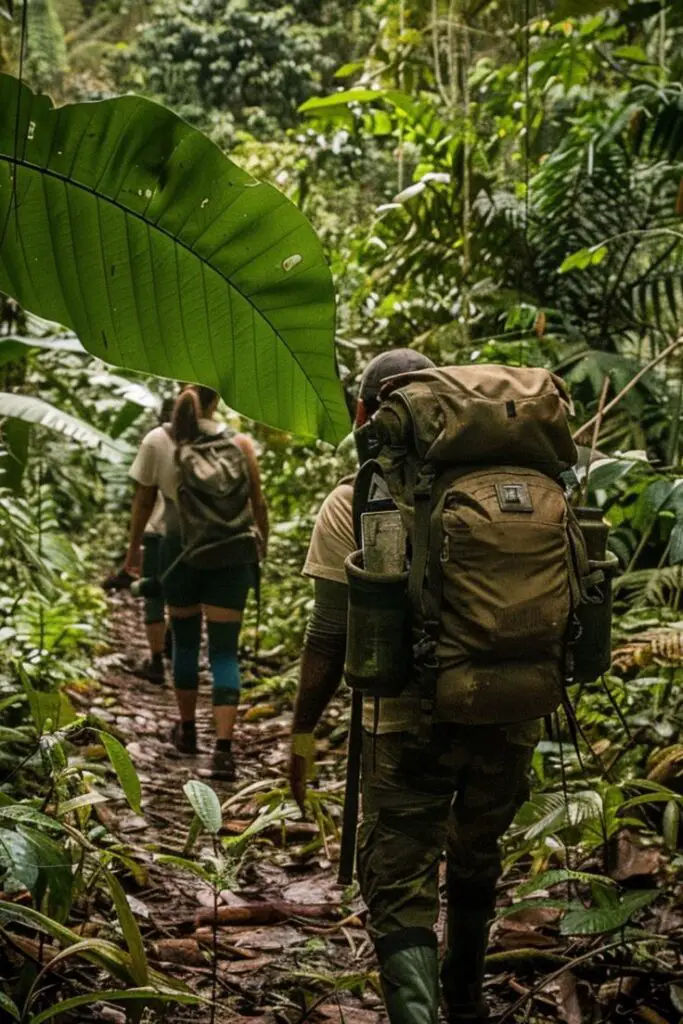

Campfire Safety
Campfires can add warmth and joy to your experience but must be handled responsibly:
- Only use designated fire pits.
- Keep fires small and manageable.
- Extinguish fires completely before leaving.


Storing Food Safely
Improper food storage can attract wildlife, putting you and the animals at risk. Use bear-proof containers and store food at least 100 feet from your sleeping area.

Health and Hygiene
Stay clean without harming the environment:
- Use biodegradable soap for washing dishes and yourself.
- Purify water from natural sources to prevent illness.
- Set up a toilet area at least 200 feet from water sources and trails.

Mistakes to Avoid When Camping
- Ignoring Weather: Don’t skip checking the forecast—it’s crucial for packing the right gear.
- Choosing Poor Ground: Avoid rocky, sloped, or wet areas for your tent.
- Camping Too Close to Water: Floods can happen suddenly, and water attracts animals.

FAQs
What’s the best type of camping spot for beginners?
Start with established campgrounds. They often have amenities like toilets, fire pits, and marked trails, making them beginner-friendly.
How far should my tent be from water?
Keep your tent at least 50-100 feet from water sources to avoid flooding and reduce your impact on the environment.
Can I camp anywhere I want?
Not always. Many places require permits or have specific rules about where you can camp. Always check local regulations.
What’s the most common mistake campers make?
One common mistake is leaving food out, which attracts wildlife. Always store food securely in bear-proof containers or hang it from a tree.
Conclusion
Choosing the right place to camp and following essential guidelines can make your trip unforgettable for all the right reasons. Whether you’re a seasoned camper or just starting out, safety, comfort, and respect for nature are key. Plan wisely, follow the rules, and enjoy the beauty of the great outdoors.
For more camping tips and safety advice, visit trusted resources like Leave No Trace or your local park authority.
World
Things to Do to Protect the Atmosphere: A Complete Guide
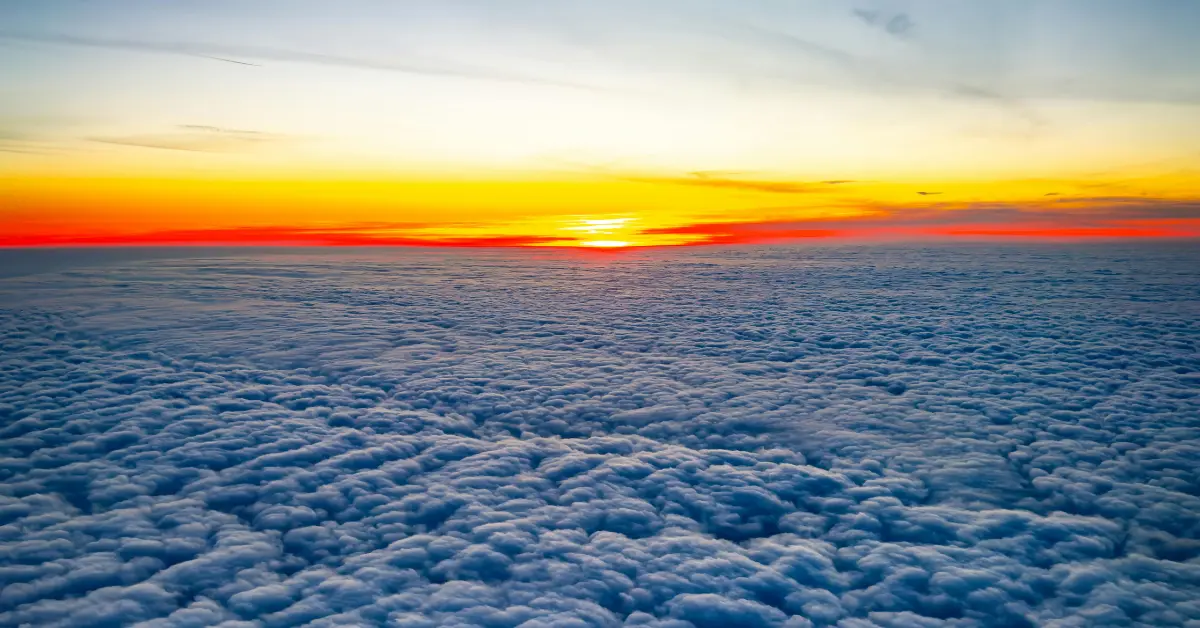
Key Takeaways
- Protecting the atmosphere ensures the survival of humans, animals, and plants.
- Simple actions like reducing waste, planting trees, and using clean energy make a big difference.
- Governments, organizations, and individuals all play vital roles in saving the atmosphere.
Introduction: Why the Atmosphere Matters
Imagine waking up to a world where clean air is scarce, temperatures are extreme, and nature struggles to survive. The atmosphere—the invisible shield protecting Earth—is under threat from human activities like burning fossil fuels, deforestation, and pollution. If we don’t act now, the consequences could be devastating for generations to come.
But here’s the good news: everyone can help protect the atmosphere. Whether it’s small lifestyle changes or joining global initiatives, your actions matter. Let’s explore practical and effective ways to safeguard the air we all share.
What You Can Do to Protect the Atmosphere
1. Switch to Clean Energy
Burning coal, oil, and gas releases harmful gases into the atmosphere. By switching to renewable energy sources like solar, wind, or hydro, you can significantly reduce air pollution.
- What you can do: Install solar panels at home, or choose energy suppliers that use renewable energy.
- Why it helps: Clean energy doesn’t release carbon dioxide, a major cause of climate change.
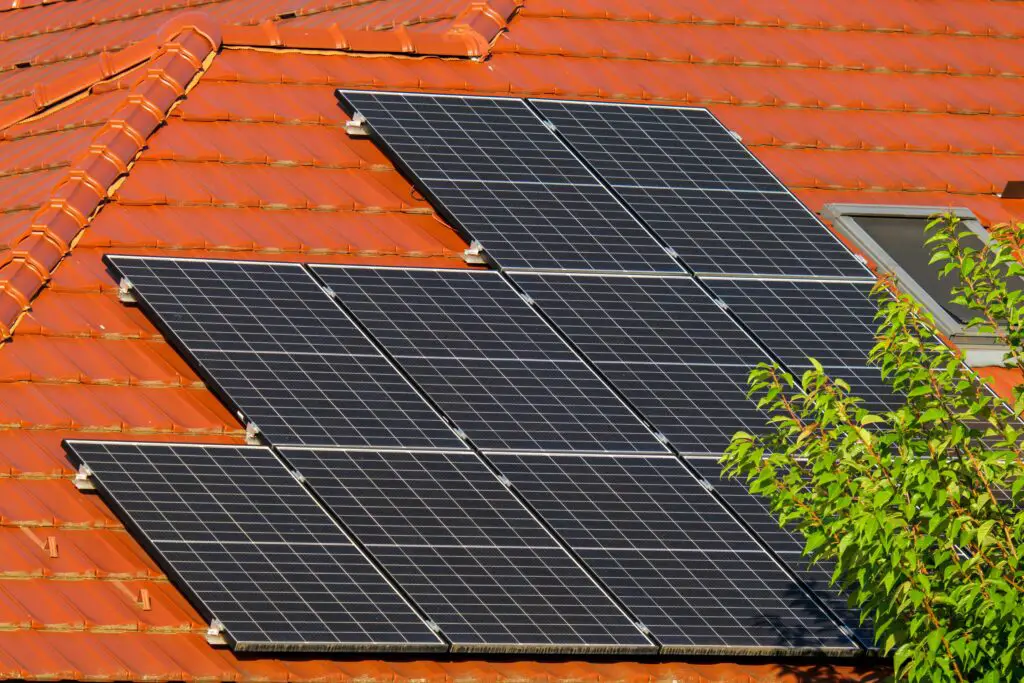
2. Reduce Vehicle Emissions
Cars and trucks contribute a lot to air pollution and greenhouse gas emissions. Reducing your reliance on them can make a big difference.
- What you can do: Walk, bike, carpool, or use public transport. If possible, invest in an electric or hybrid car.
- Why it helps: Fewer emissions mean cleaner air and a healthier planet.

3. Conserve Energy at Home
Wasting electricity not only increases your bills but also harms the environment. Most electricity comes from burning fossil fuels, which pollute the air.
- What you can do: Turn off lights and devices when not in use. Use energy-efficient appliances and switch to LED bulbs.
- Why it helps: Saving energy reduces the demand for power plants to burn fossil fuels.

4. Reduce, Reuse, Recycle
The more waste we create, the more methane (a powerful greenhouse gas) ends up in the atmosphere from landfills.
- What you can do: Buy reusable products, recycle plastic, and compost organic waste.
- Why it helps: Recycling reduces pollution and saves natural resources.

5. Plant Trees and Support Reforestation
Trees absorb carbon dioxide and release oxygen, making them essential for a healthy atmosphere.
- What you can do: Plant trees in your garden or join reforestation projects. Support organizations working to restore forests.
- Why it helps: More trees mean cleaner air and a more stable climate.

6. Advocate for Green Policies
Big changes often come from collective action. Supporting policies that protect the atmosphere is one way to create lasting change.
- What you can do: Write to your local representatives or sign petitions supporting clean energy and anti-pollution laws.
- Why it helps: Governments have the power to enforce large-scale environmental protection measures.

The Role of Global and Community Efforts
Governments and organizations worldwide are working hard to protect the atmosphere. Agreements like the Paris Accord aim to reduce greenhouse gas emissions and limit global warming. Locally, community initiatives like car-free days and tree-planting drives also contribute.
You can join these efforts by staying informed and participating in events near you. Even small actions like volunteering for clean-up drives or supporting eco-friendly businesses help the cause.

Spreading Awareness
Change begins with knowledge. Many people don’t realize how their everyday actions affect the atmosphere. Educating friends, family, and your community can make a huge impact.
- Share tips on conserving energy or reducing waste.
- Organize workshops or discussions about environmental issues.
- Use social media to spread the word about protecting the atmosphere.
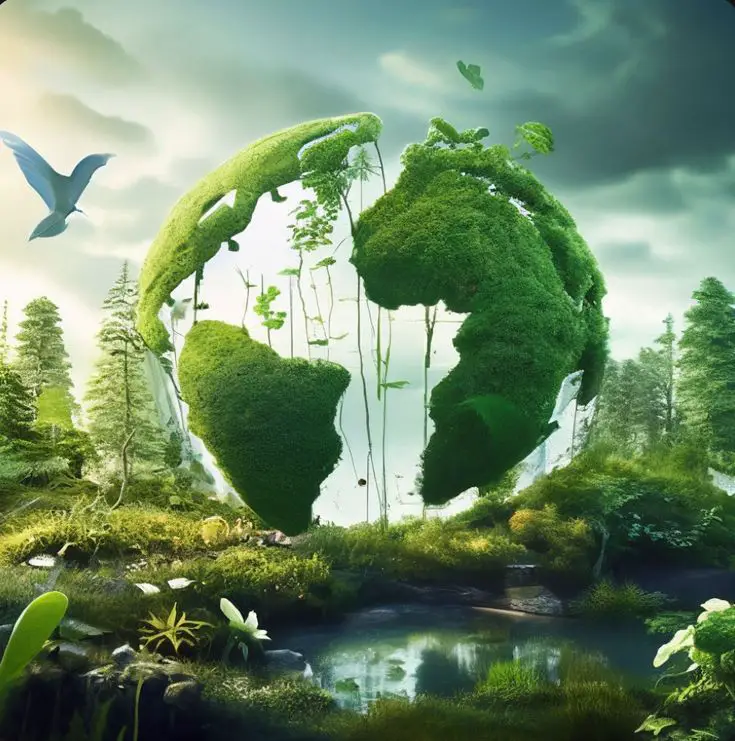
FAQs
1. What’s the biggest threat to the atmosphere?
Burning fossil fuels, deforestation, and industrial pollution are some of the largest threats to the atmosphere.
2. How does planting trees help?
Trees absorb carbon dioxide, one of the main greenhouse gases, and release oxygen. They also provide shade, cool the environment, and prevent soil erosion.
3. Can individuals really make a difference?
Absolutely! Every small action adds up. When individuals adopt eco-friendly habits, it creates a ripple effect that inspires others and reduces overall pollution.
4. What are some easy steps to protect the atmosphere?
Start by conserving energy, reducing waste, planting trees, and switching to renewable energy sources. Every step counts!
Conclusion: Your Role in Protecting the Atmosphere
Protecting the atmosphere isn’t just the job of governments or big organizations—it’s something we all need to do. By making small, sustainable changes in your daily life, you can contribute to a healthier planet. From saving energy to planting trees, your actions matter more than you think.
Together, we can ensure that future generations inherit a world with clean air, stable climates, and thriving ecosystems. So, why not start today? Take that first step toward protecting the atmosphere—it’s easier than you think!
-

 Animals12 months ago
Animals12 months agoTypes of Ants Living in the World and Information
-

 Forests1 year ago
Forests1 year agoThe 10 Best Forests to Visit in the World
-

 Ocean1 year ago
Ocean1 year agoOceans in the World and Their Information & Locations
-
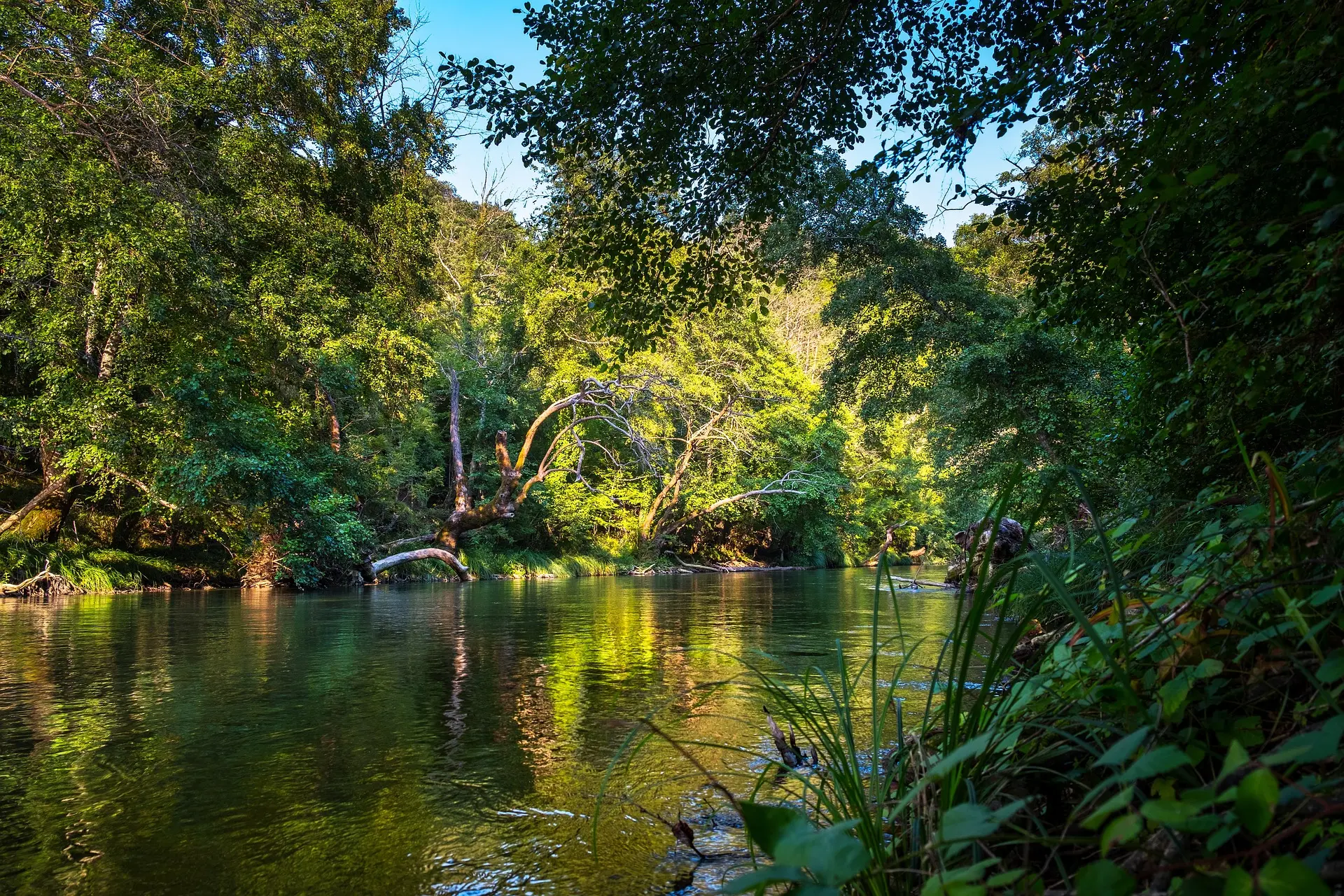
 Forests4 years ago
Forests4 years agoWhat Is The Biggest Rainforest In The World?
-
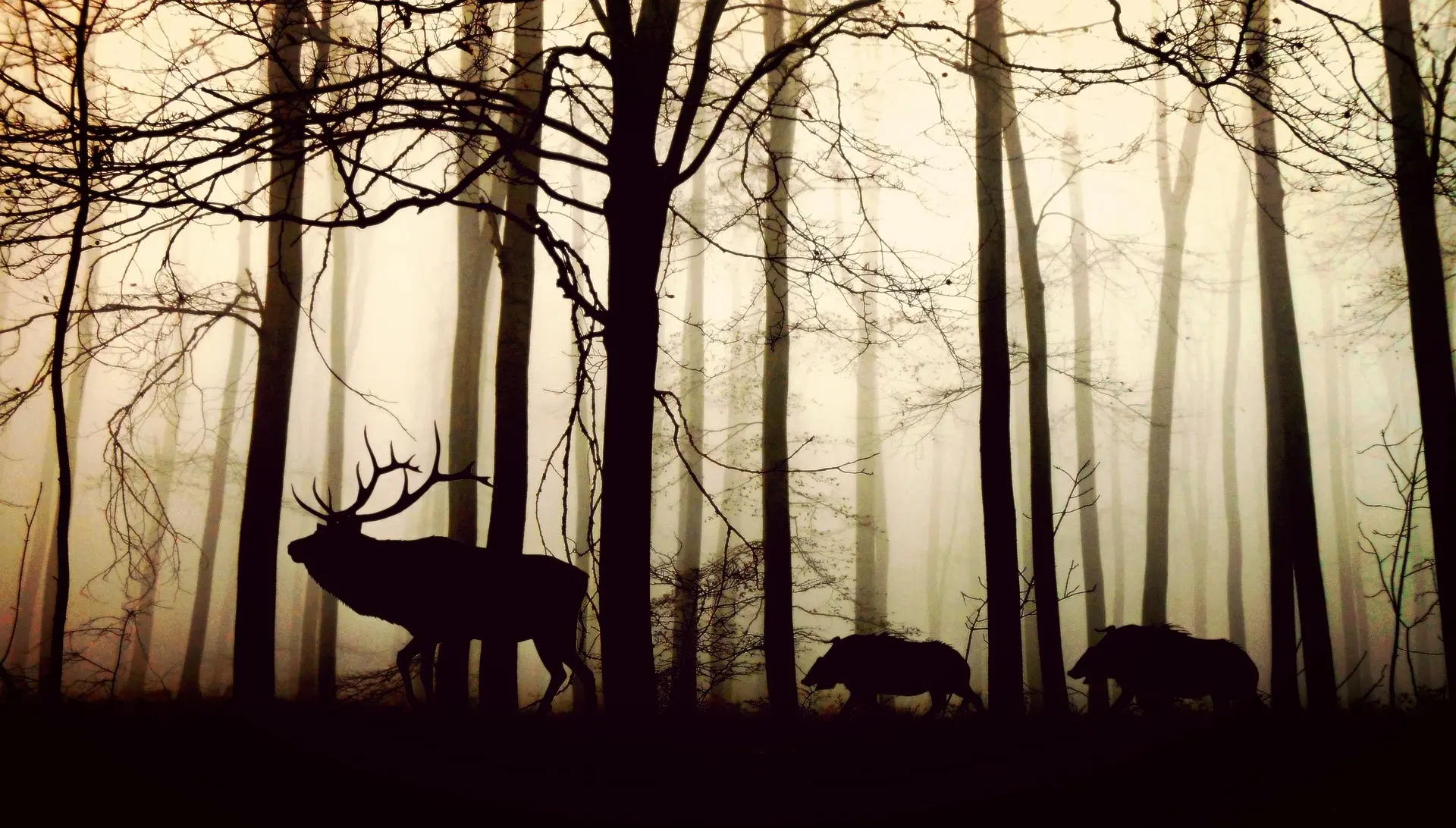
 Animals4 years ago
Animals4 years agoMost Popular Wild Animals in The World
-

 Animals4 years ago
Animals4 years ago(10) Insects Are Animals in the world?
-

 Forests1 year ago
Forests1 year agoThe Main Factors That Contribute to Forest Destruction
-

 Nature11 months ago
Nature11 months agoThe 10 Largest Farms in the World




